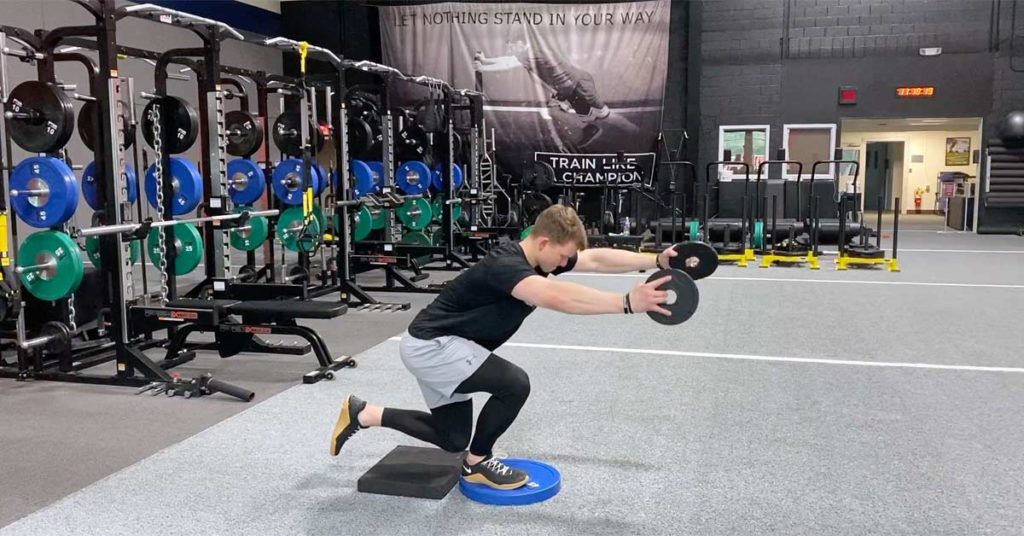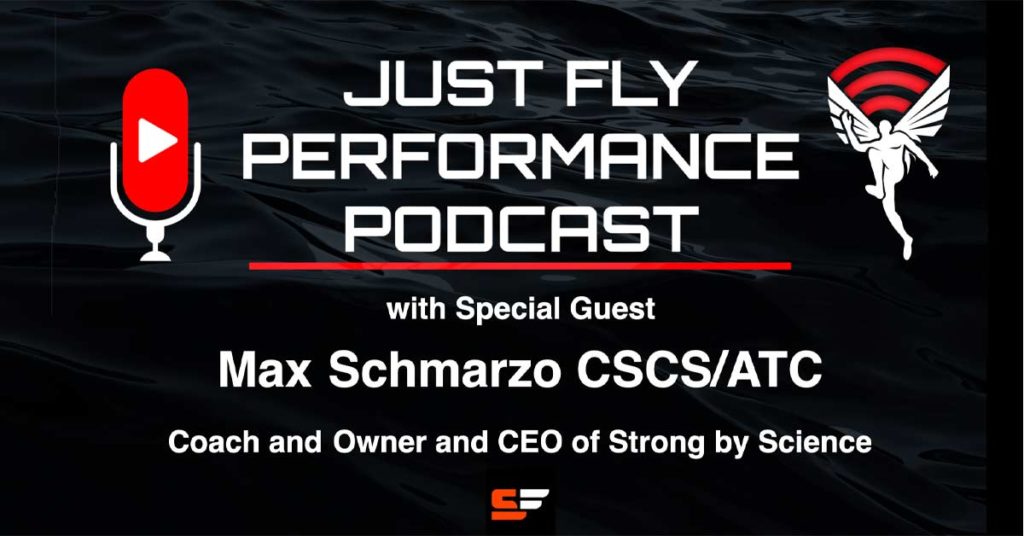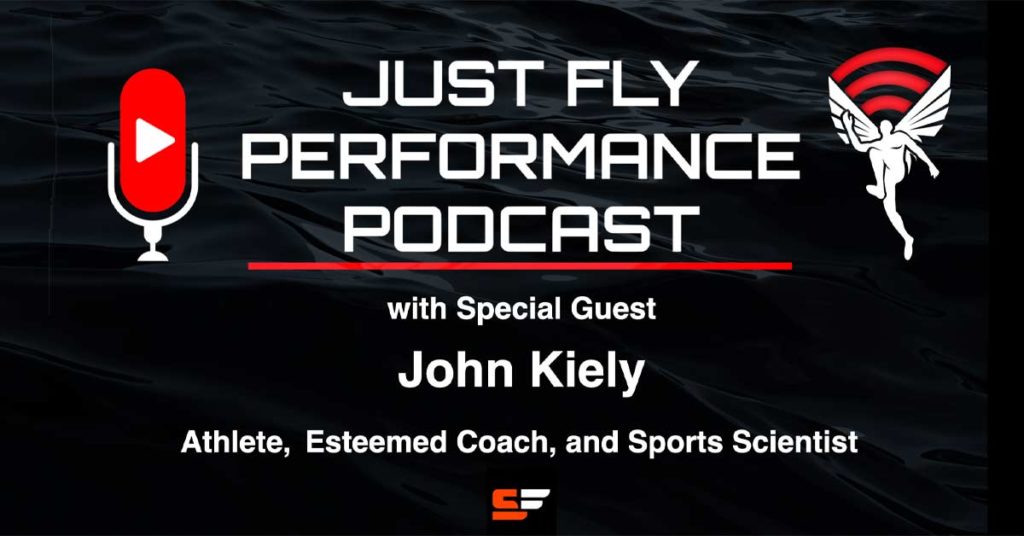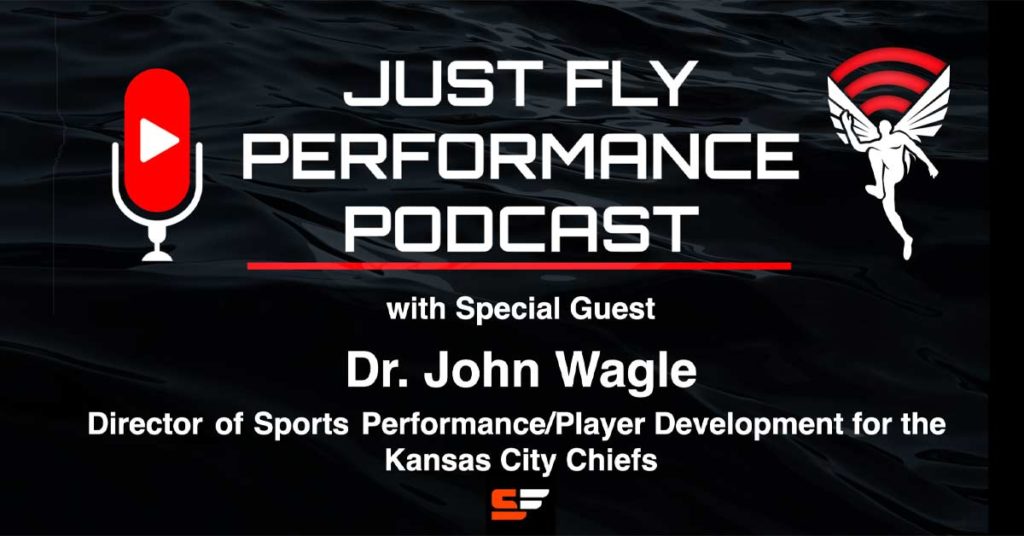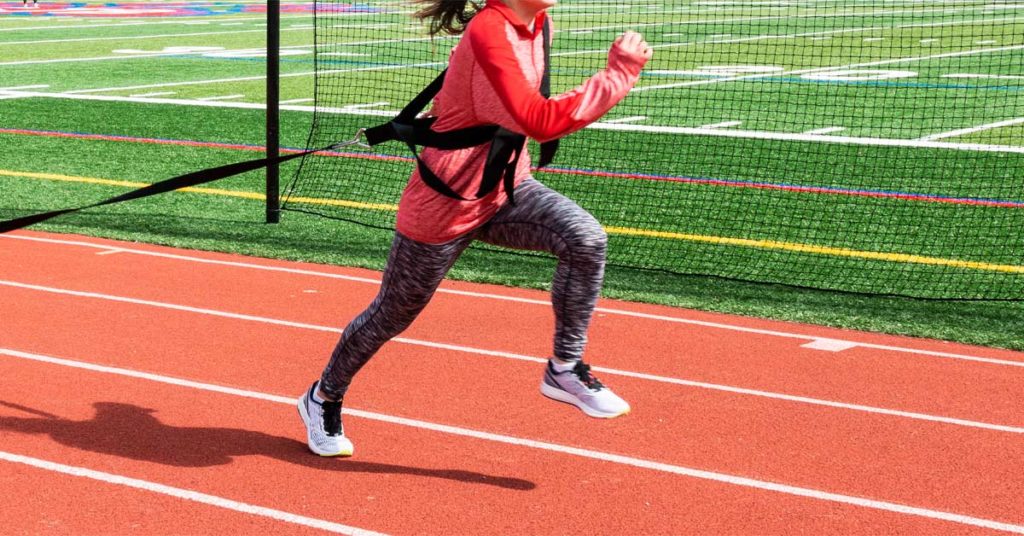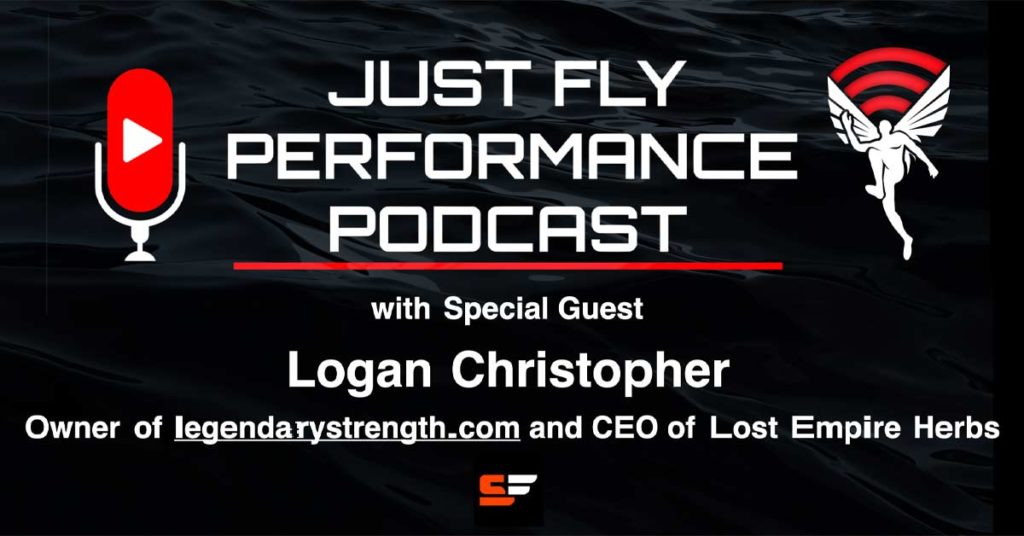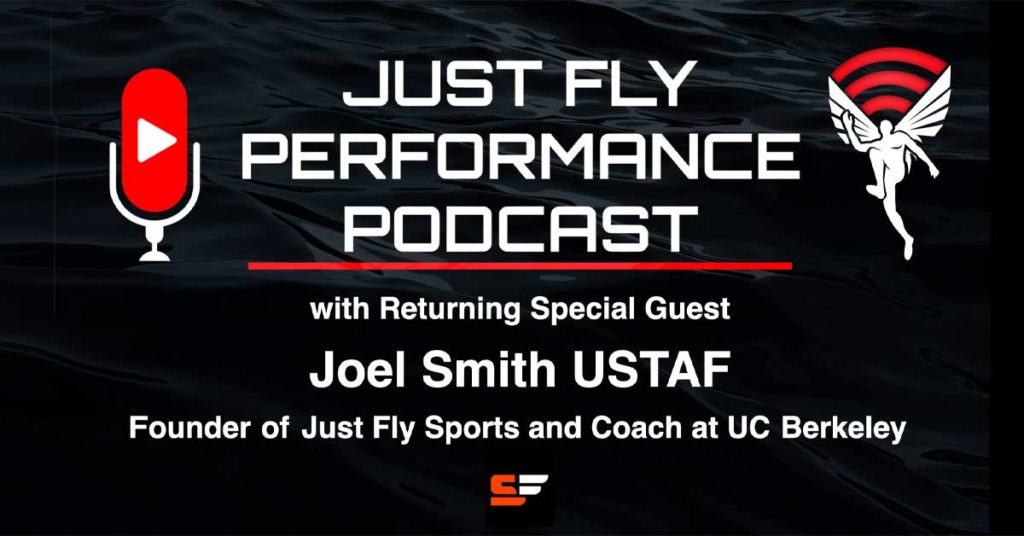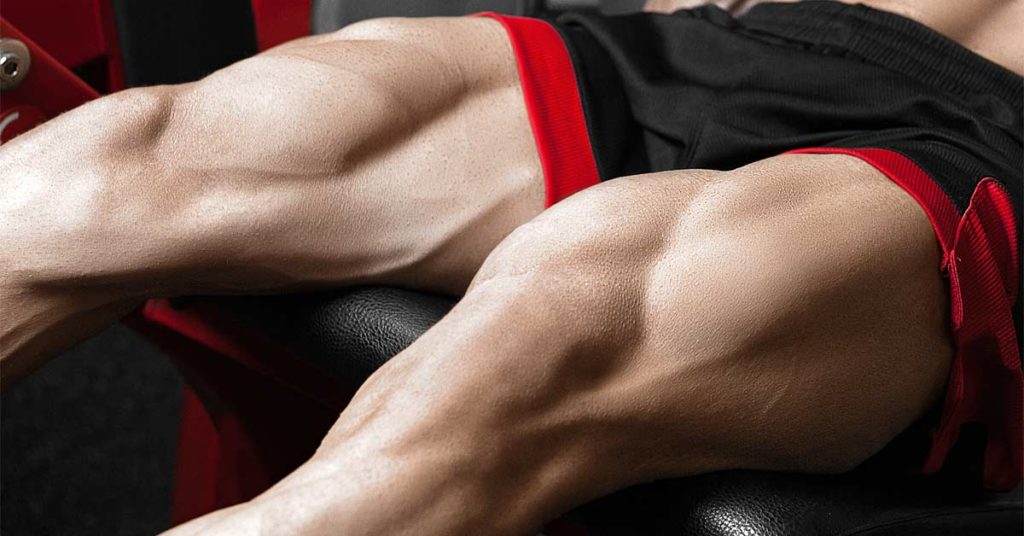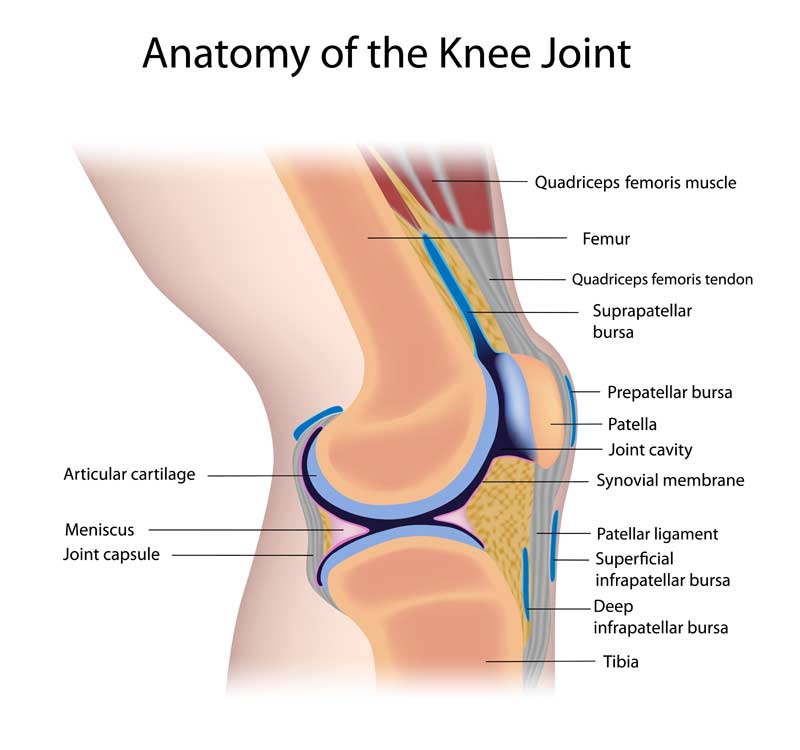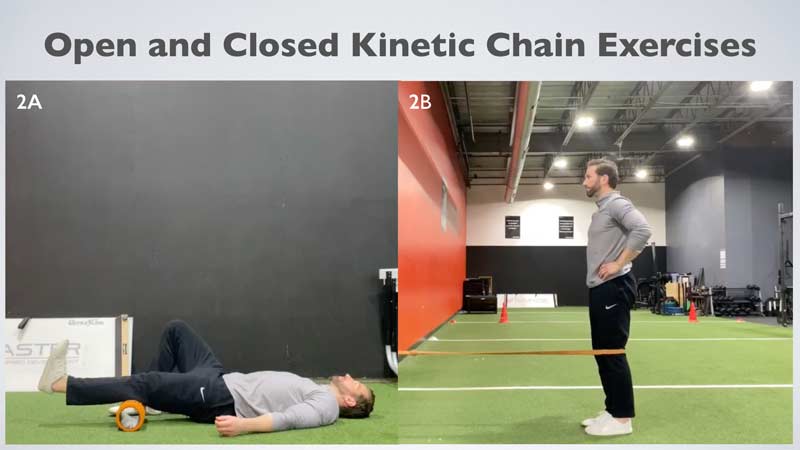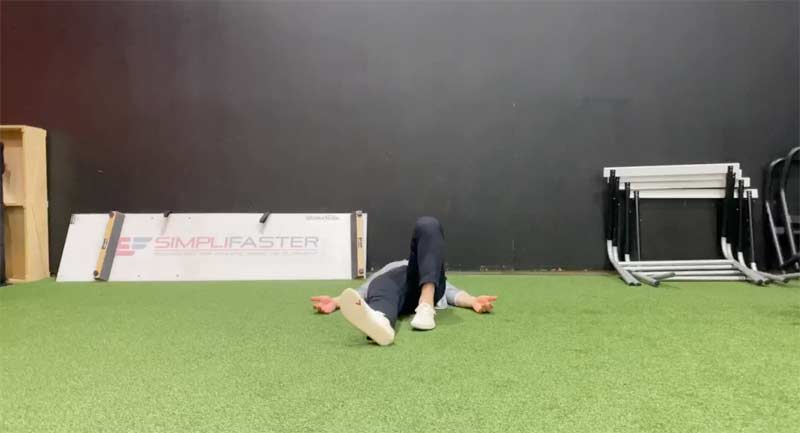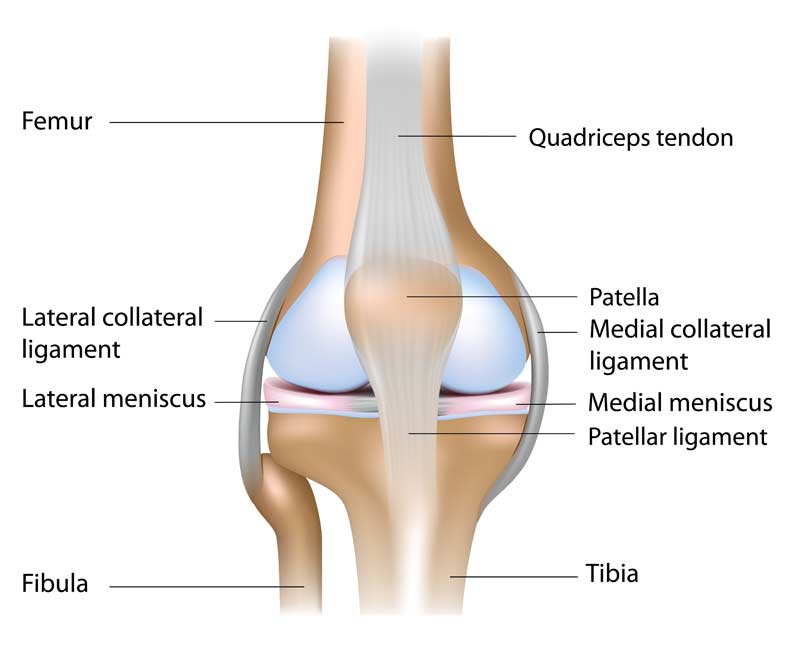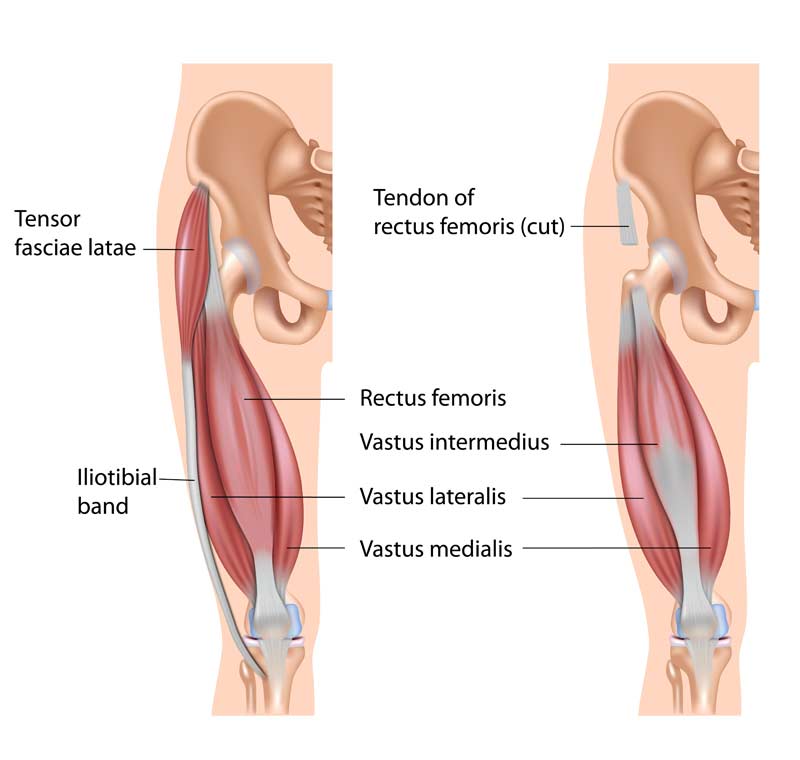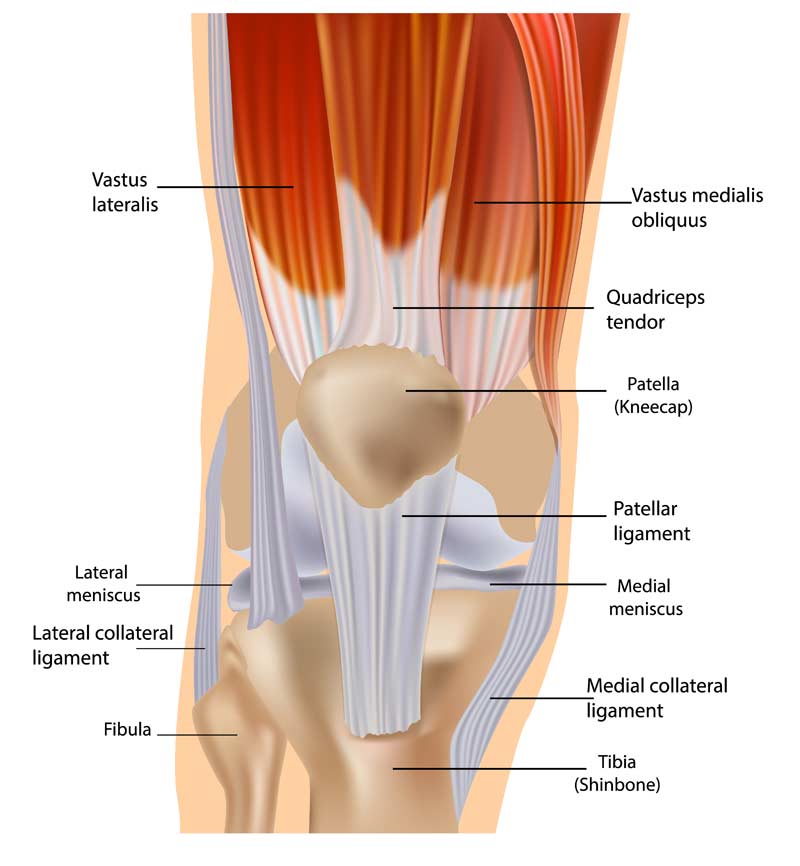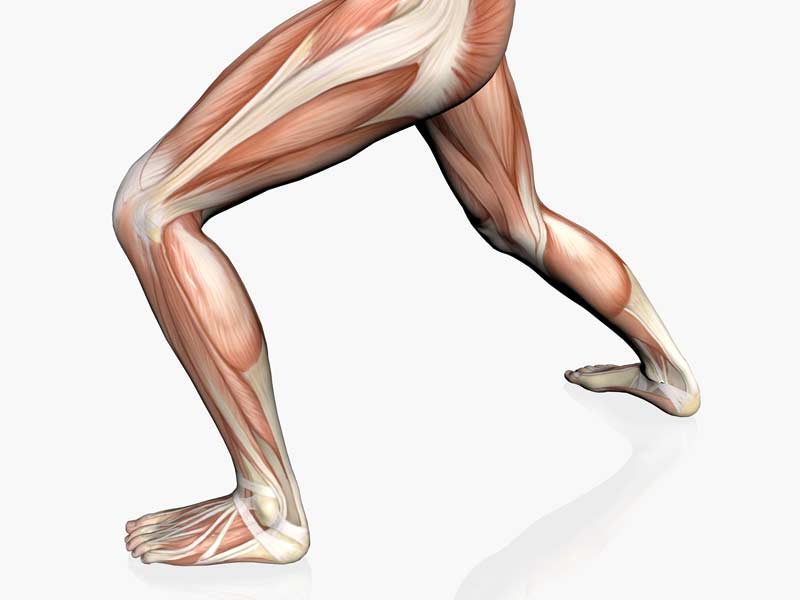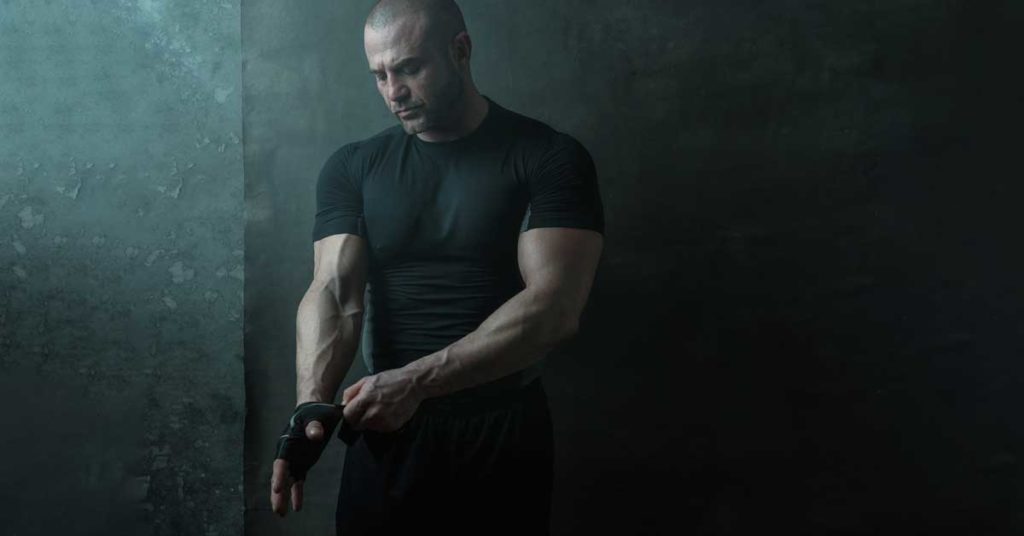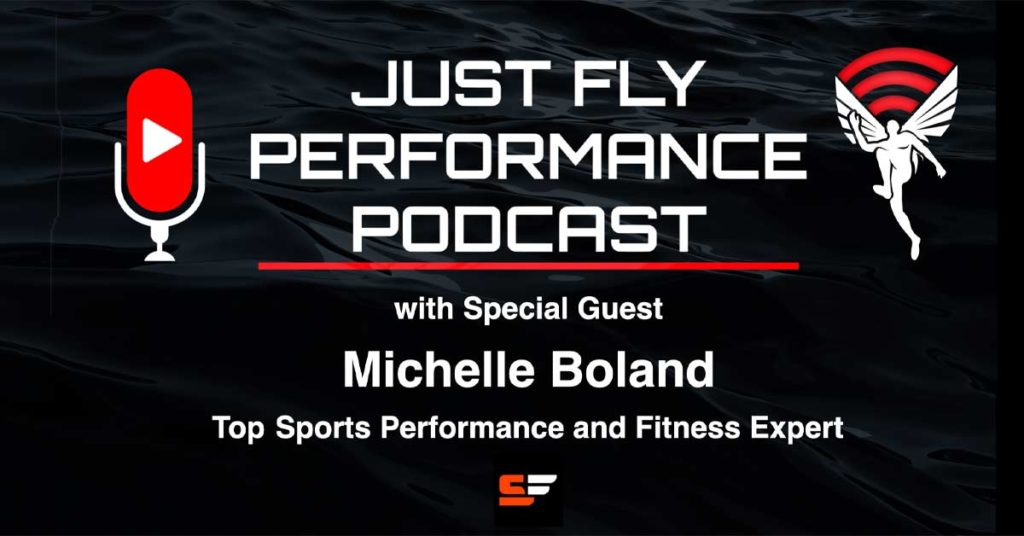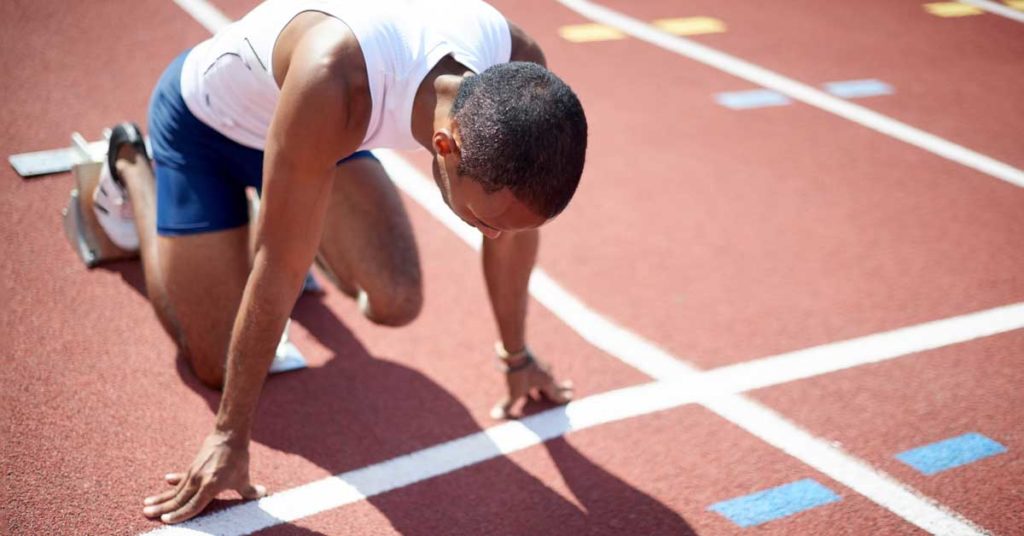
The 300-meter hurdles is the toughest race in high school track and field.
I mean no disrespect to runners of the 800 or the 400—both of those are tough races, but neither compare to what is nearly an all-out sprint with eight barriers in the way.
Too many athletes approach the 300-meter hurdles without a tangible plan. To be successful, a five-phase race model helps athletes break this seemingly impossible task into smaller, more manageable ones. But no matter how great the athlete’s race plan, it means nothing without proper training. Since the race is so physically demanding, speed endurance is essential. The challenge for coaches then becomes training athletes for a race that requires every bit as much lactate tolerance as the 400 and nearly as much alactic speed as the 200—a task that’s nearly as tall as the final hurdle seems.
It goes without saying that every coach will approach this challenge a bit differently. Some coaches train 300-meter hurdlers like 800 runners. To a certain degree, I understand the instinct to gravitate toward mid-distance training for this particular event, considering the grueling nature of the race. Practically speaking, however, if kids are running the 300-meter hurdles, they’re most likely also running the 100-/110-meter hurdles. Maybe they’re on the 4×200 or the 4×400 relay team. With that in mind, mid-distance training is counterproductive to everything else your 300-meter hurdlers do. Consequently, I don’t recommend it.
My core philosophy? Train hurdlers as sprinters. Most days, what my hurdlers do in practice is exactly what the sprinters do, because hurdlers are sprinters first, says @TrackCoachTG. Share on XMy core philosophy? Train hurdlers as sprinters. Most days, what my hurdlers do in practice is exactly what the rest of the sprinters do, because hurdlers are sprinters first. We do not hurdle every day, and we do not perform drills ad nauseum. Quite frankly, some of the slowest kids I’ve ever coached looked really pretty over the hurdle. The perfect athlete has both speed and technique, but if I have to choose one or the other, I’ll take a speedster with average hurdling form every day of the week.
Since speed is king, I am a big believer in Tony Holler’s Feed the Cats training program, prioritizing speed over everything else. Within that speed training, we aim to build anaerobic endurance through a handful of lactate workouts sprinkled strategically throughout the season. What I want to share with you are three hurdle-specific lactate workouts you can use to help your 300-meter hurdlers be as competitive as possible.
Workout 1: Phase-Specific 6×100 with Hurdles
The 300-meter hurdle race is made up of five distinct phases: the start, the backstretch, the curve, the homestretch, and the finish. This workout will allow you to work on both speed and lactate tolerance while coaching athletes on the specific phases of the race, cementing the five-phase approach into your athlete’s mind. The six total sprints are broken into three sets of two, with each set focused on different phases of the race.
For the first set, your athletes will run 2×100 out of the starting blocks over the first two hurdles. This covers two phases of the race: the start and the backstretch. Out of the blocks, we emphasize accelerating to maximum velocity and aiming to be the first person to the first hurdle. Coming off the first hurdle, athletes need to run tall and maintain their speed heading into the second hurdle.
It’s important to note here that we should never finish a repetition upon touchdown; we want to reinforce the notion that the last hurdle is not the finish line. To make it a full 100 meters, place cones 20 meters after the second hurdle and encourage sprinting to the finish. Time your athletes, and as always with the Feed the Cats program, you should plan to record, rank, and publish your sprint times.
Time your athletes, and as always with the Feed the Cats program, you should plan to record, rank, and publish your sprint times, says @TrackCoachTG. Share on XThe walk back to the starting line is a time when you can coach your athletes. Find something positive to accentuate, as well as one thing to focus on improving in the second rep. Standing up out of the blocks? Slowing down between the first and the second hurdle? Trail leg is a hot mess? Now is your chance to correct these things. Give athletes three minutes to rest, then line them up and go again.
After the second repetition out of the starting blocks, you’ll move on to the next set: 2×100 through the curve. Start 10 meters beyond hurdle 2, sprint over hurdles 3-5, and finish 15 meters after that. You should continue to emphasize speed and quality here and remind athletes of their curve mechanics. Just like in the first set, use the time between repetitions to coach your athletes. Allow three minutes of recovery and go again.
The final set is 2×100 over the last two phases: the homestretch and the finish. This set occurs almost entirely on the straightaway. I always place cones around 10 meters beyond the finish line to encourage athletes to continue sprinting after the last hurdle and past the finish line. Truth be told, this repetition is slightly longer than 100 meters, but as long as you measure it consistently each time you do this workout (maybe twice a season), then your records will be valid. Generally speaking, the walk-back, coaching, and rest between repetitions is the same in this set as in the other two, but you can consider giving an extra minute of rest if your athletes need it.
I have two final points of clarification for this workout. First, while the rest between repetitions should be three minutes, I typically give around eight minutes of rest between sets. Next, it’s important that your athletes perform the reps in the order I described. Do not perform one repetition from each phase, followed by a complete second set. Why? Simply put, even though it’s a lactate workout, we want our kids as fresh as possible out of blocks and as tired as they’re going to be in the finish, because it more closely mimics how they’ll feel in a race. Asking them to use blocks after they’ve already put in 300 meters of sprint work is not a productive way to conduct this workout.
Workout 2: 4×150 Fly with or without Hurdles
Like the first workout, I break this into multiple sets. In this case, it’s two sets of 2×150. With a 10-meter run-in, athletes sprint 150 meters at or near their top speed. Then they rest for three minutes and do the same thing again. Piece of cake—for coaches, that is. For athletes, this will be tough.
I’ve done this workout in a number of ways, using all the hurdles, none of the hurdles, or some of the hurdles. For example, I might use the very first hurdle to continue to teach acceleration mechanics and being the first person to the first hurdle. I might include a hurdle or two through the curve. I might only include the final hurdle of the 300-meter race. I might include hurdles 2, 4, 6, and 8. If variety is the flavor you crave, you can play around with this and ultimately never run it exactly the same way twice.
The start and finish for each repetition depend upon how you’ve decided to use hurdles. If you’re not using any, begin 10 meters behind the starting line for the 300-meter hurdles, run in, and sprint 150 meters, finishing at the hash mark where hurdle 4 would normally be placed. You can do the same thing if you’re only using some of the hurdles, so long as the fourth hurdle isn’t one of them. However, if hurdle 4 is part of the equation, have athletes begin at the starting line for the 300-meter race, with cones placed 10 meters beyond the starting line. You should also place cones 10 meters beyond the fourth hurdle, because we always sprint off the hurdles. You’ll time athletes from cone to cone, which will add up to 150 meters.
The second repetition begins where the first one ends. After finishing at or near the location of hurdle 4, have athletes rest for the prescribed three minutes. Then, have athletes start at the hash mark, place cones 10 meters beyond it, run in, and sprint for 150 meters. This means you’ll place cones 10 meters beyond the finish line, which helps instill in athletes the need to sprint through the line.
Again, you can use any combination of hurdles here, and in this case, the finish does not need to be adjusted regardless of your hurdle arrangement. The second set will look just like the first, but you need to give plenty of recovery time. I recommend 15 minutes here, which will give athletes enough time to get a drink, walk around, catch their breath, and curse your name for taking them to the lactate war zone.
Workout 3: 200/100 with Hurdles
There are lots of ways to break up a 300. In fact, we’ve already seen two ways in the previous two workouts: 100/100/100, and 150/150. If you want to use those divisions, go right ahead. But in this section, I’ll talk about a final variation: 200/100.
Set up all eight hurdles for a full 300-meter race. If you can manage it and can occupy four lanes of track for this, that’s great, because it means you can run two lanes of boys and two lanes of girls. If not, one lane of each will work just fine.
For the 200/100 workout, athletes will start in the blocks and run the first three phases of the 300-meter race: the start, the backstretch, and the curve. They’ll finish 15 meters past the fifth hurdle, which you will mark with cones. You can check my math if you want, but that’s 200 meters.
At that point, allow five minutes of rest before sprinting the final 100 meters. While it is important to time each piece of the workout, the time I record, rank, and publish is the final 100 meters. With a competitor and a clock in play, athletes have some added motivation to give everything on this sprint even though their legs won’t feel great. I’ve also found that some kids take pride in how they finish workouts, and this is a good way to keep those kids engaged, even if they’re not your flat-out fastest kids in a 40-yard dash.
This repetition seems easy enough: 100 meters to the finish. But as I’ve said before, I never like to end a rep at the finish line. Instead I like to finish 10 meters past the line, so as not to develop the nasty habit of slowing down off the last hurdle. Therefore, you’ll start 10 meters prior to hurdle 6 and finish 10 meters after the finish line. If you’re concerned that the start is too close to the hurdle, have athletes back up another 10 meters and turn it into a 100-meter fly. Record, rank, and publish those times.
Adding Lactate Workouts to Your Practice Schedule
As I mentioned toward the beginning of this piece, these aren’t workouts your hurdlers will do all the time. If you try to do these too often, you’ll end up beating your hurdlers down and making them slower, which is obviously not what we want to do. Remember, most of the time your hurdlers should be doing whatever sprinters do. To incorporate hurdle-specific lactate work, remember a few basic principles:
- No more than two lactate workouts in a week.
- Meet days count as lactate workouts.
- Always take the day off (and sometimes two days) after a lactate workout.
At the start of the season, before meets begin, it’s much easier to mix these into your weekly routine. But once those meets start filling your schedule, things become much more difficult.
If you happen to have only one meet (a Friday invitational, for example), you could run a lactate workout on Tuesday. You’ll be off on Wednesday, and then working on speed and pre-meet prep on Thursday. If you have a Tuesday meet, you’d be off on Wednesday and could go lactate again on Thursday or Friday (preferably Friday). If you have two meets in a week, you don’t get to do a lactate workout in practice, and you don’t need to. They’ll get all the lactate work they need during their competition.
Keep in mind, also, that you don’t have to run the same workout for all of your athletes. If you’re traveling on Saturday to take a handful of your best kids to a super-competitive invite, there’s no reason the kids who aren’t going couldn’t do a lactate workout on Friday.
If you err in your estimation on how many lactate workouts to do in a season, err on the side of too few, not too many, says @TrackCoachTG. Share on XMost importantly, if you err in your estimation of how many lactate workouts to do in a season, err on the side of too few, not too many. Yes, speed endurance matters. Lactate tolerance is important. But slow, tired, and sore don’t win races. Keep them fast, keep them healthy, and keep them competitive in practice. They may not like how they feel when they cross the finish line, but they’ll like how it feels to win the hardest race on the track.
Since you’re here…
…we have a small favor to ask. More people are reading SimpliFaster than ever, and each week we bring you compelling content from coaches, sport scientists, and physiotherapists who are devoted to building better athletes. Please take a moment to share the articles on social media, engage the authors with questions and comments below, and link to articles when appropriate if you have a blog or participate on forums of related topics. — SF


